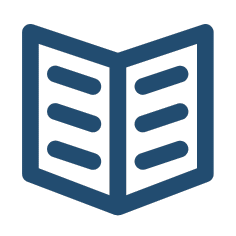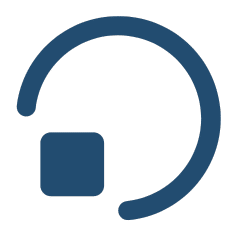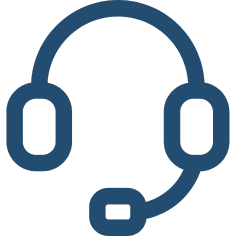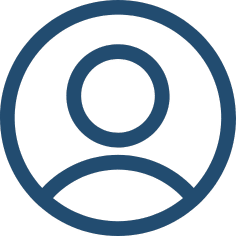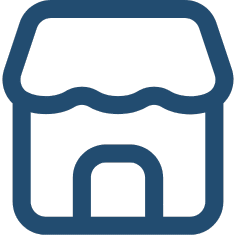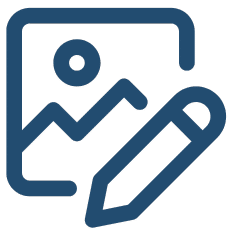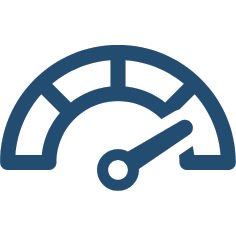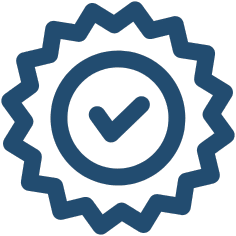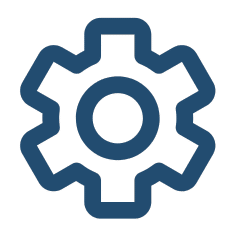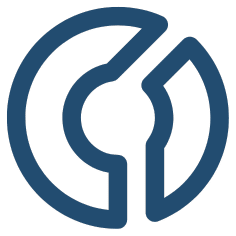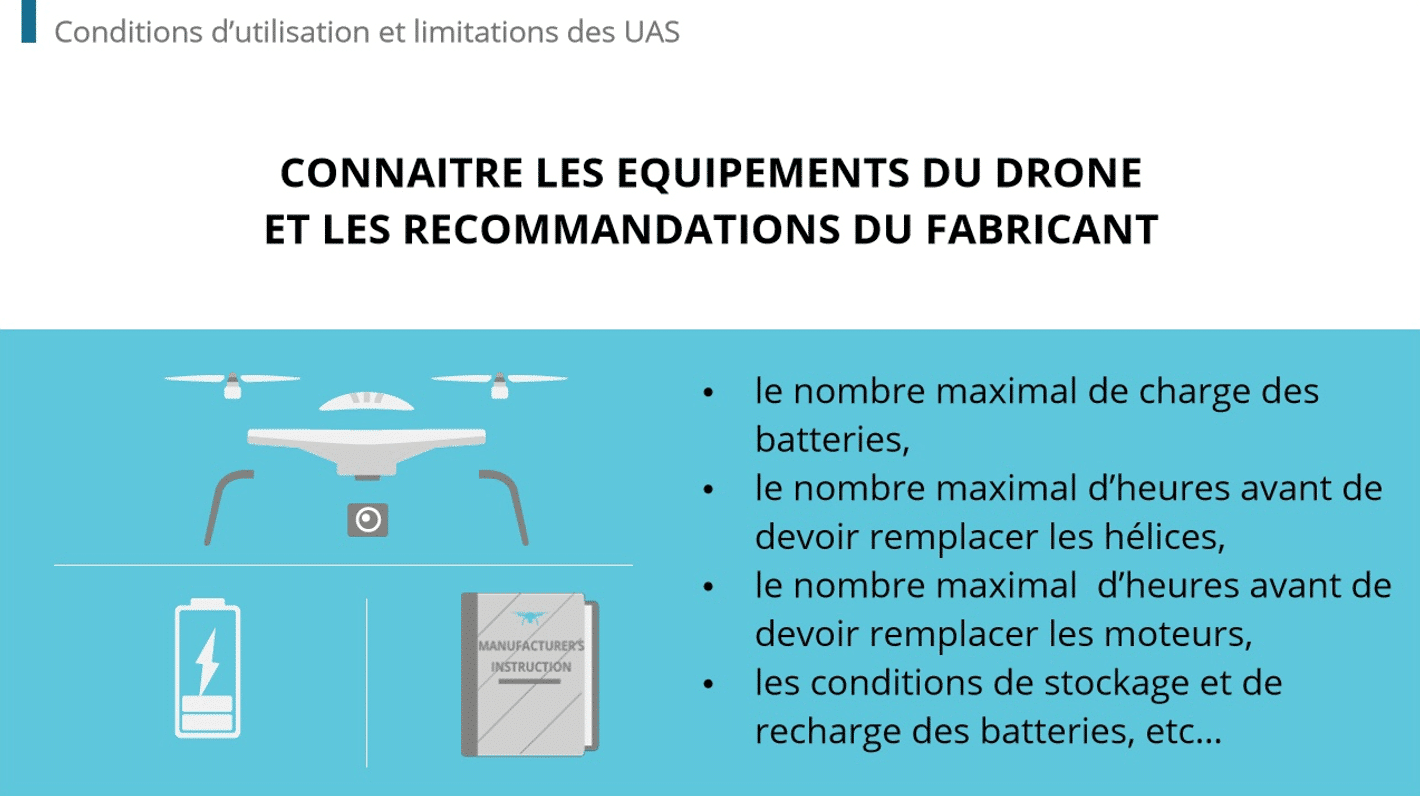Quality assurance safeguards the well-being of your consumers and your organization’s brand image. The question is: Are your employees upholding company standards by adhering to QA protocols? In this article, I’ll highlight the 10 steps to build structure into your Quality Online Training Program.
How To Build Structure Into Your Quality Online Training Program
Modern learning technologies give your organization the power to deliver online training resources on a global scale. Every member of your team learns about the latest rules, regulations, and company policies in real-time. However, you must create an effective framework in order to deliver quality online training that adheres to company standards. Here is a step-by-step guide to create a sound structure for your quality online training program
1. Conduct A Training Needs Analysis
A training needs analysis covers every aspect of your quality online training program, from employee performance and skill gaps to resource allocation. To achieve the desired outcomes, you must identify areas for improvement and create a plan of action. This may involve task evaluations, employee assessments, and on-the-job-observations, as well as meeting with stakeholders wherein you re-evaluate your current online training goals.
2. Clarify Expectations And Learning Objectives
A well-structured quality online training program involves clear expectations, learning objectives, and outcomes. In other words, you need to know how to bridge gaps in order to achieve the desired results. Clarify expectations for every member of your organization, including corporate learners, managers, and Learning and Development staff. Everyone must know their role, job responsibilities, and online training obligations.
3. Develop An Implementation Timeline
Quality Assurance (QA) relies heavily on organization and planning. As such, the quality online training program must be carefully mapped out in advance. An implementation timeline allows you to orchestrate every aspect of your quality online training program and stay on track. Your timeline should include everything, from gathering your eLearning team and defining learning objectives to deploying your Learning Management System. Make sure to leave room for unexpected bumps in the road, such as a steep LMS learning curve.
4. Create A Chain Of Quality Training Command
Assign roles early so that everyone knows what to expect, as well as what’s expected of them. Ideally, you should have a leader or Project Manager who delegates tasks and keeps the team on schedule. You may also want to consider a Project Management online tool to facilitate online collaboration and communication within your L&D department. This makes it easy for managers, online instructors, LMS admins, and content developers to exchange ideas and feedback.
5. Develop Assessment And Evaluation Criteria
How do you define success? What do your employees need to know, and how will you monitor their progress? One of the crucial components of a structured quality online training program is evaluation criteria. Determine how you are going to assess employees. For example, qualitative assessments to gauge their skill proficiency, or quantitative to measure their compliance knowledge. You must also decide how often to evaluate employee performance and who will be charged with this task.
6. Get Employees And Managers Actively Involved
Employees, managers, and department heads should be actively involved in every stage of the quality online training program. Online training development is no exception. Schedule regular meetings to collect their input and solicit their advice. Keep in mind that these individuals are on the front line of quality control. Therefore, they should have a direct say in how the quality online training program is designed, deployed, and monitored. Furthermore, managers need to be online training advocates who encourage and motivate employees to actively participate.

7. Invest In Effective eLearning Authoring Tools
eLearning authoring tools and Learning Management Systems provide your quality online training program with structure. In fact, they serve as a foundation for every online training activity, assessment, and online training course. eLearning authoring tools allow you to create memorable online training content that engages employees and imparts vital knowledge, while LMS platforms help you deploy and track your online training strategy. If you’re pressed for time, opt for rapid eLearning authoring tools that feature built-in assets and eLearning templates. In addition, you may want to think about responsive design tools that are multiplatform-friendly, especially if your employees often access online training materials on their mobile devices.
8. Design Personalized Online Training Resources
Different departments and positions involve different quality procedures and protocols. As such, you need to provide personalized online training resources that focus on individual gaps and problem areas. For example, R&D employees must follow certain rules and regulations in order to comply with FDA protocols. However, your pharmaceutical sales reps have their own compliance processes to follow. Thus, there isn’t any “generic” approach that gives everyone the tools and resources they require. It takes customized online training paths and targeted materials to optimize workplace performance.
9. Get Continual Online Training Feedback
Online training feedback is not a one-time occurrence that pinpoints areas of improvement after the fact. It’s an ongoing process that allows you to adjust your quality online training program to meet the needs of your employees. Conduct surveys, focus groups, and interviews to gather as much data as possible before, during, and after each online training course. You can also make it more interactive by hosting live webinars. This gives employees the opportunity to voice their concerns and share valuable insights, which you can use to strengthen the structure of your quality online training program and achieve the desired outcomes.
10. Measure And Monitor Quality Online Training Initiatives
There’s always room to improve. This also applies to your quality online training program. It’s important to continually monitor the effectiveness of your online training courses through LMS reports and analytics. These LMS metrics help you focus on aspects of your quality online training program that may still need some work. For example, low completion rates indicate that employees lack motivation or engagement, while low assessment scores are a tell-tale sign of ineffective online training course design or cognitive overwhelm.
Successful quality online training programs require research, planning, and active involvement. Every member of your organization plays a pivotal role, as they can offer valuable online training feedback that allows you to continually improve your online training strategy. It also requires the right eLearning authoring tools that help you make the most of modern learning technologies.
Do you have an e-learning project ? Contact us now
All rights reserved by Thomas De Praetere, CEO at Dokeos





